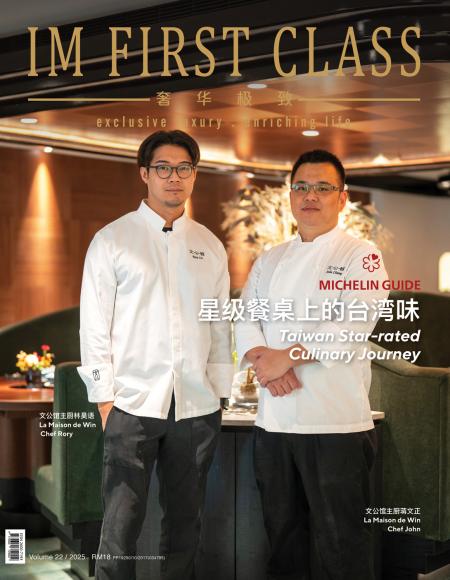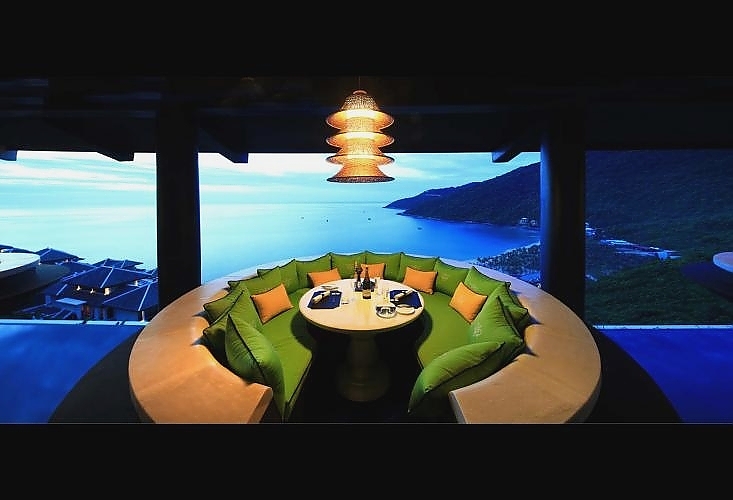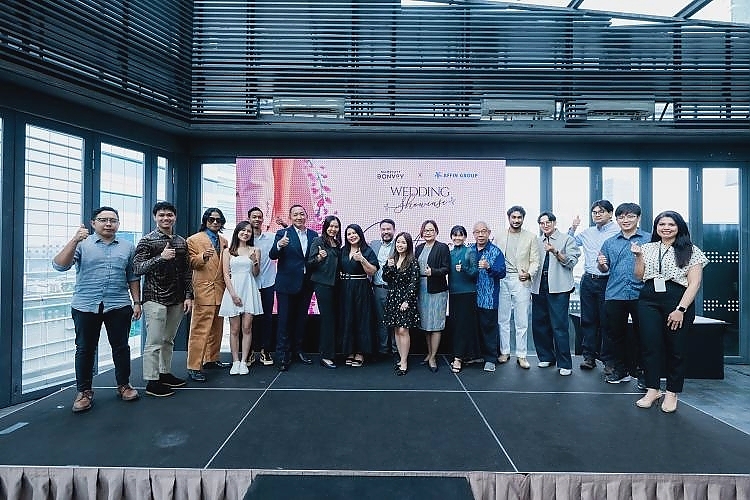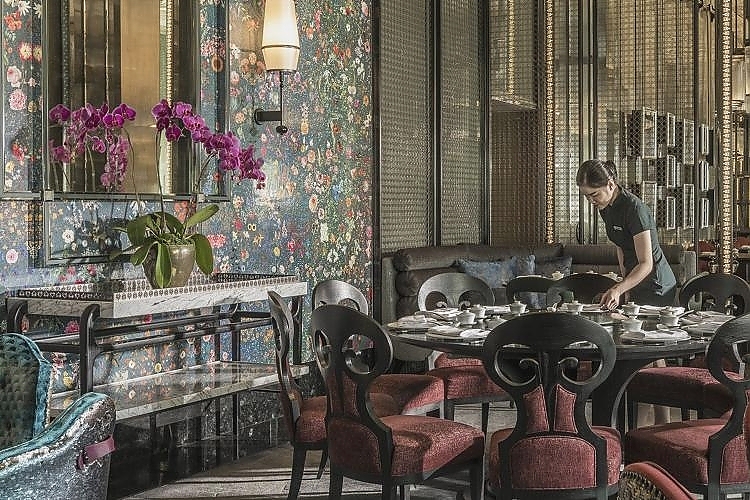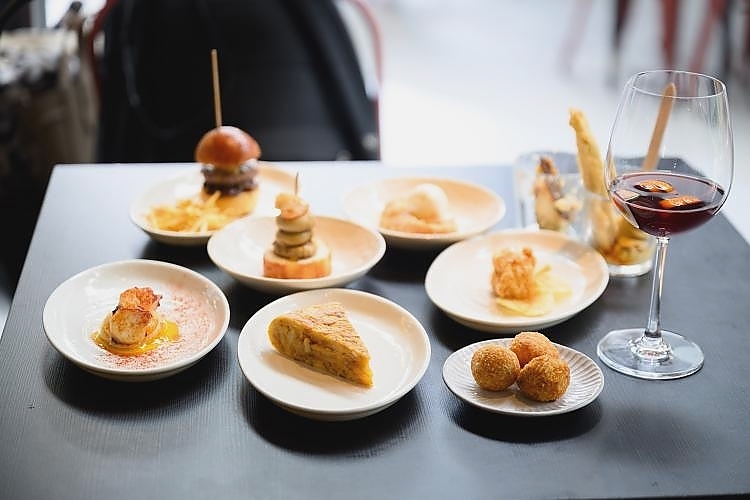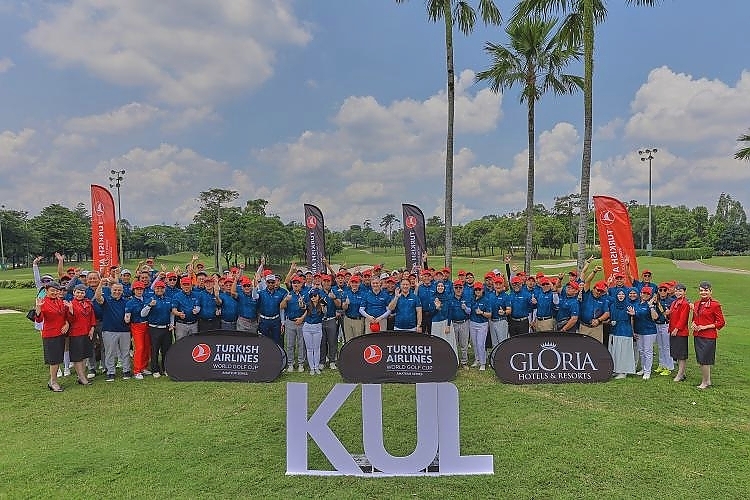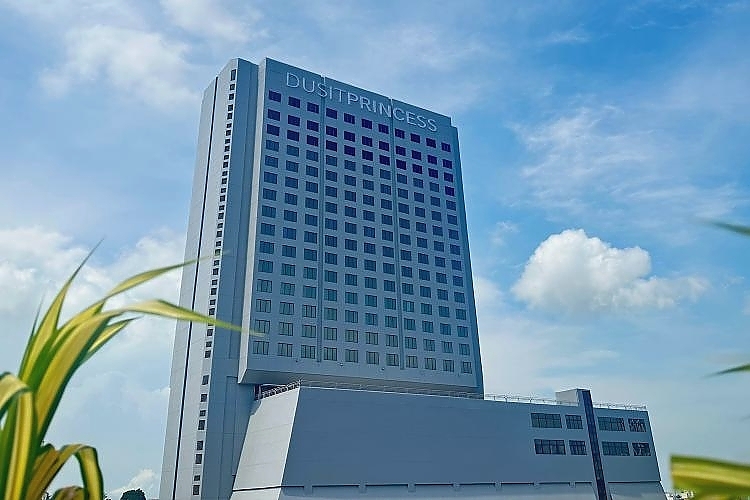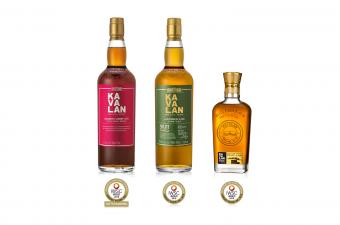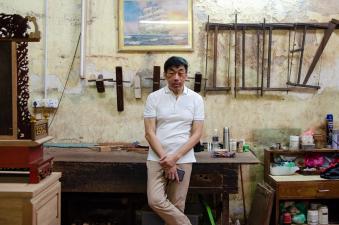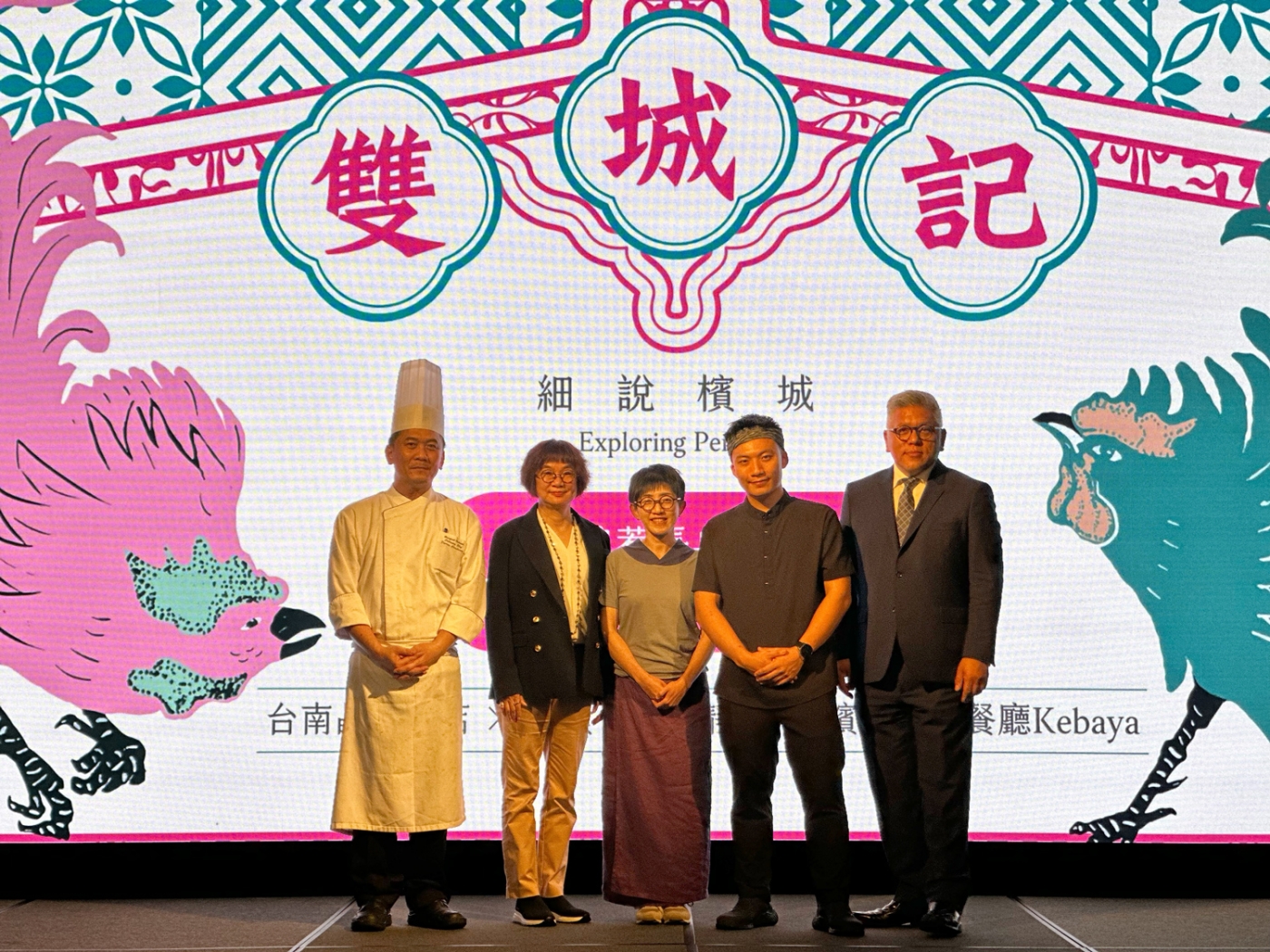
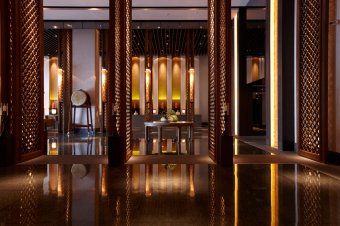
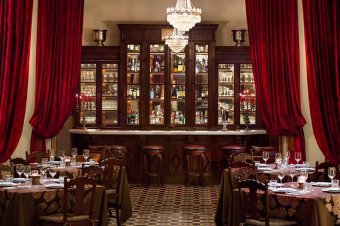
The culinary team of Silks Place Tainan recently collaborated with Penang’s renowned Kebaya Dining Room to host the “Tale of Two Cities: Discovering Penang” dining event. This cultural celebration highlighted the heritage of the Peranakan, the descendants of intermarriages between Chinese and Malays from the 15th to 17th centuries. The event showcased an exquisite eight-course menu, presented with a “long-table banquet” setting to evoke a sense of grandeur and cultural integration, immersing guests in the elegant artistry of Nyonya cuisine.
As part of this cultural exchange, renowned food writer Chen Ching-Yi was invited to curate a lecture titled “Penang and Tainan: A Tale of Two Cities.” The lecture delved into the diverse historical and culinary influences shaping both regions, connecting guests to the unique charm of these culturally rich cities through taste and storytelling.
Peranakan Heritage and Culinary Roots
The Peranakan culture dates back to the Ming Dynasty when Admiral Zheng He’s expeditions brought Chinese settlers to the regions now known as Malaysia and Singapore. Intermarriages with local women resulted in the formation of the Peranakan community, with “Baba” referring to men and “Nyonya” to women. The culture developed its own language, attire, and culinary traditions.
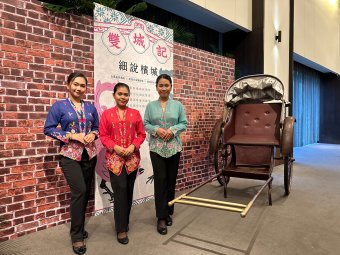
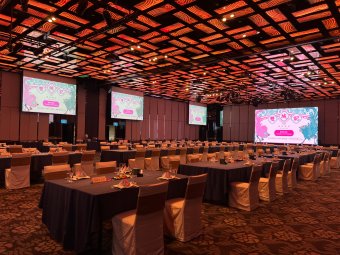
In 2012, Baba Wang Lee Keong, a sixth-generation Peranakan, founded Kebaya Dining Room. In 2023, the restaurant earned recognition in the Michelin Guide. The term “Kebaya” refers to the traditional dress worn by women in the Peranakan community. Under the leadership of head chef Zachary Chuang and sous chef Shen Tang, the restaurant reinterprets the bold and aromatic flavors of Nyonya cuisine by blending Malay, Vietnamese, Thai, and French influences.
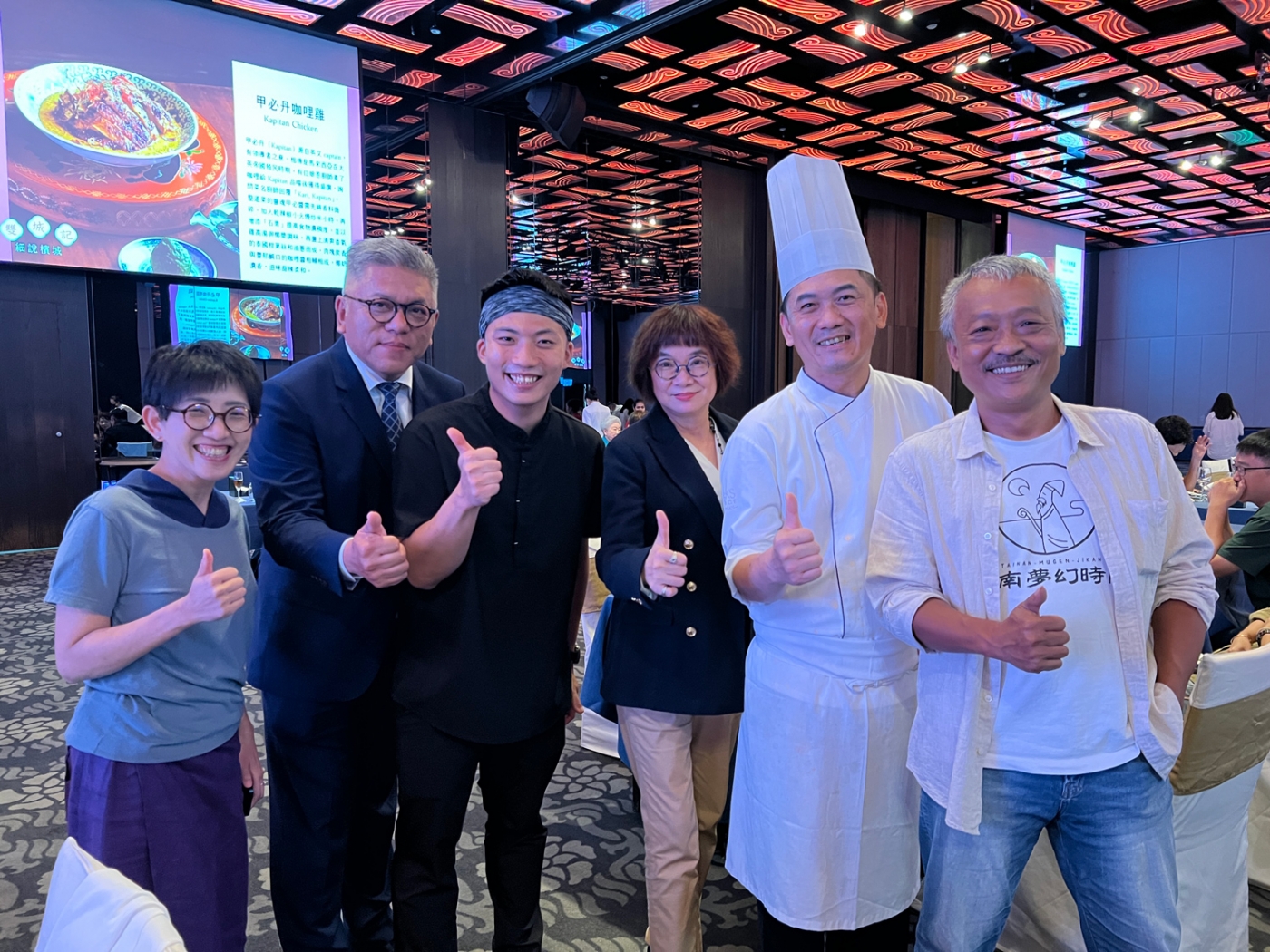
Cultural Insights
Writer Chen Ching-Yi shared her research on the similarities between Penang and Tainan. Both cities are UNESCO heritage sites known for their rich culinary traditions, shared Hokkien dialect, and dishes like popiah and o-a-chian (oyster omelets).
This collaboration not only bridged the culinary and cultural essence of two cities but also allowed guests to experience the depth of Nyonya heritage through flavors, history, and storytelling.
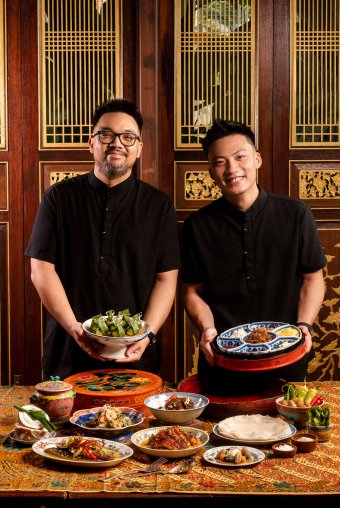
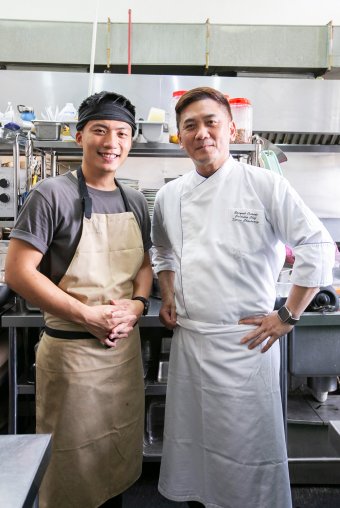
The Collaboration
Chef Zhou Huang Jianwen, the executive banquet chef at Silks Place Tainan, brought 25 years of experience to the partnership. He traveled to Penang to exchange ideas with Shen Tang and collaborated to create an exceptional menu.
The dining experience began with Nonya Popiah, a traditional Nyonya spring roll reminiscent of Taiwanese spring rolls. Served in a multi-compartment lacquer box, the dish featured fillings like sautéed jicama, carrots, shiitake mushrooms, and dried squid cooked with pork belly, seasoned with crab meat, egg strips, cucumber, and crispy garlic. Guests wrapped the fillings in thin crepes, marking the start of a cultural feast.
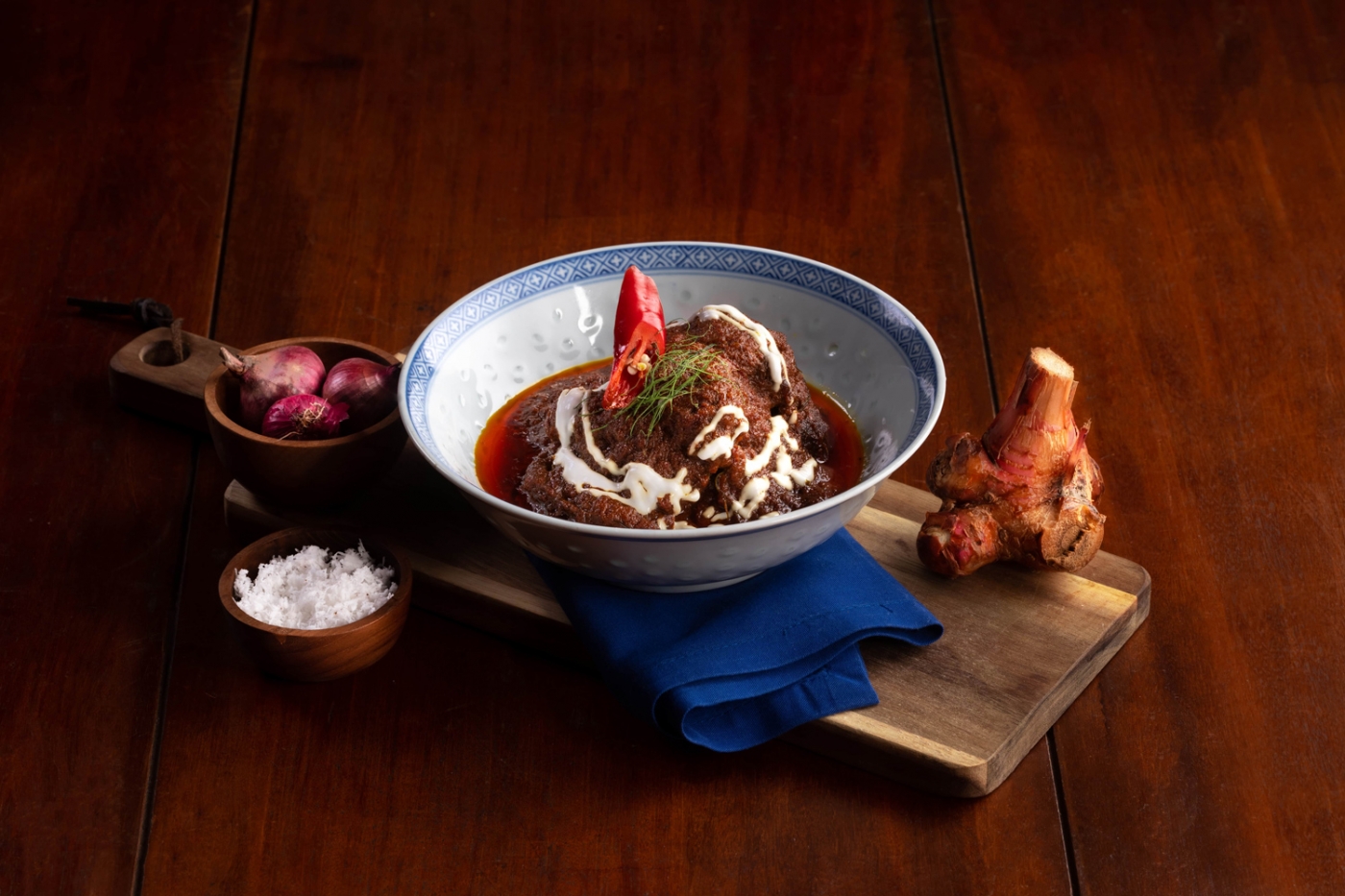
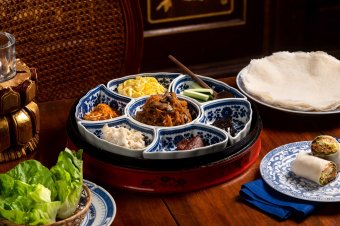
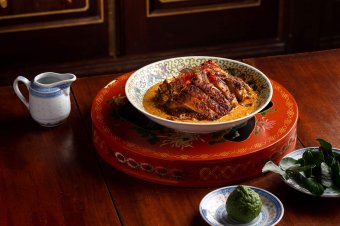
Five main courses followed:
- Rendang Beef: A rich, caramelized beef stew slow-cooked with coconut milk and tamarind, garnished with toasted coconut flakes.
- Kapitan Chicken: Grilled corn-fed chicken marinated overnight in turmeric, lemongrass, and shallots, paired with a bold curry sauce.
- Fiddlehead Fern Kerabu: A refreshing salad combining fiddlehead ferns with shrimp, squid, and scallops in a tangy plum dressing.
- Nonya-Style Acar Fish: Pan-fried fish fillets topped with a tangy Nyonya-style sweet and sour sauce, complemented by fresh cucumber and fried ginger.
- Soy-Braised Pork: A dish akin to Taiwanese “Kong Rou Fan,” featuring slow-braised pork belly flavored with soy sauce and spices, served with tofu and soft-boiled eggs.
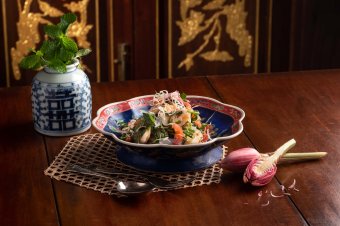
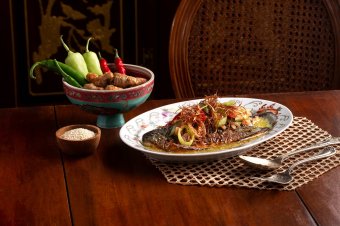
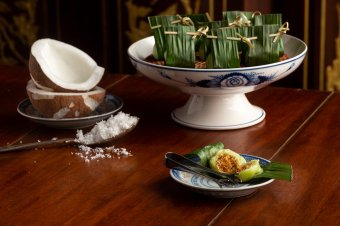
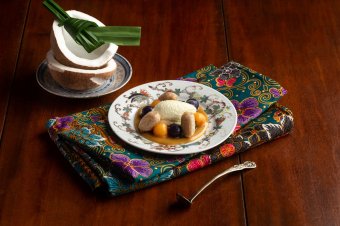
For dessert, two classic Nyonya sweets delighted guests:
- Kuih Kochi: Pandan-flavored sticky rice dumplings filled with caramelized coconut, wrapped in banana leaves and steamed to perfection.
- Pengat: A festive dessert with layers of coconut mousse, taro balls, sweet potato balls, and pandan jelly, topped with banana purée.
